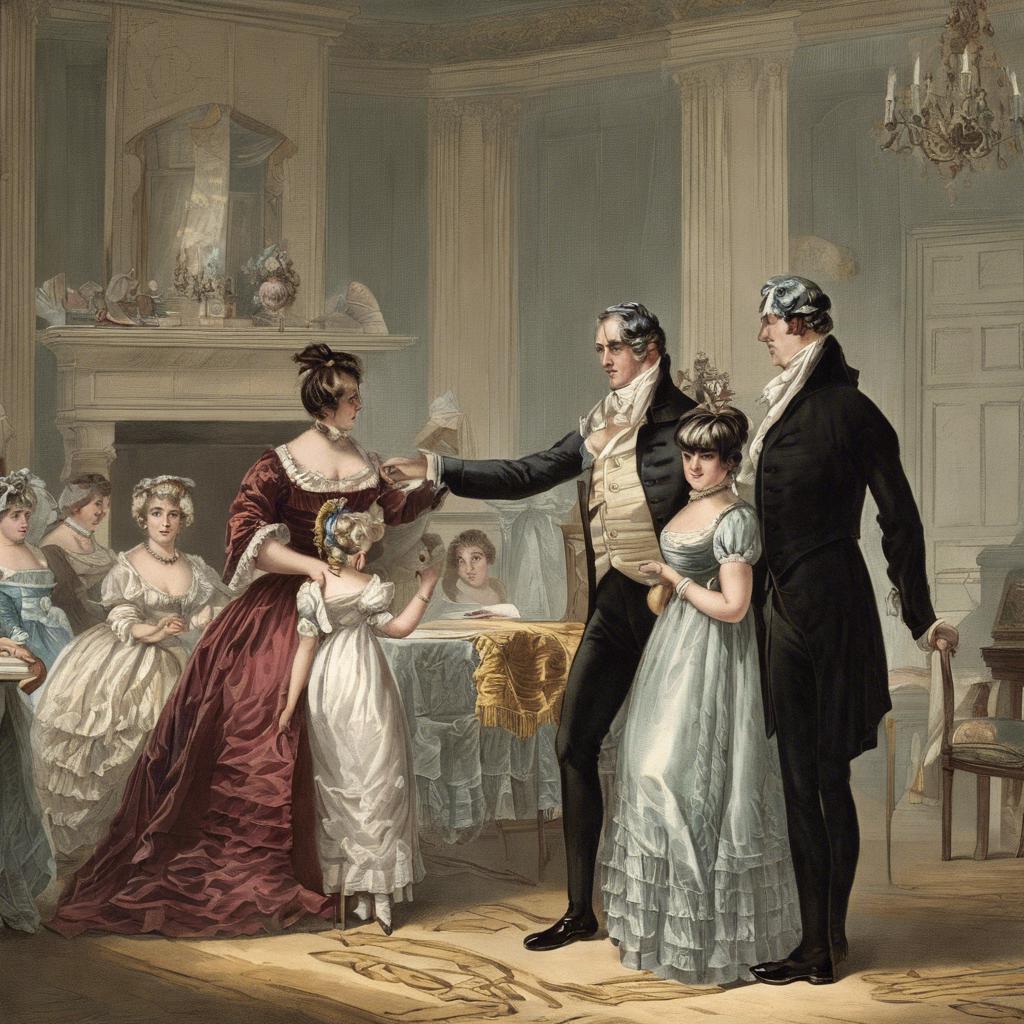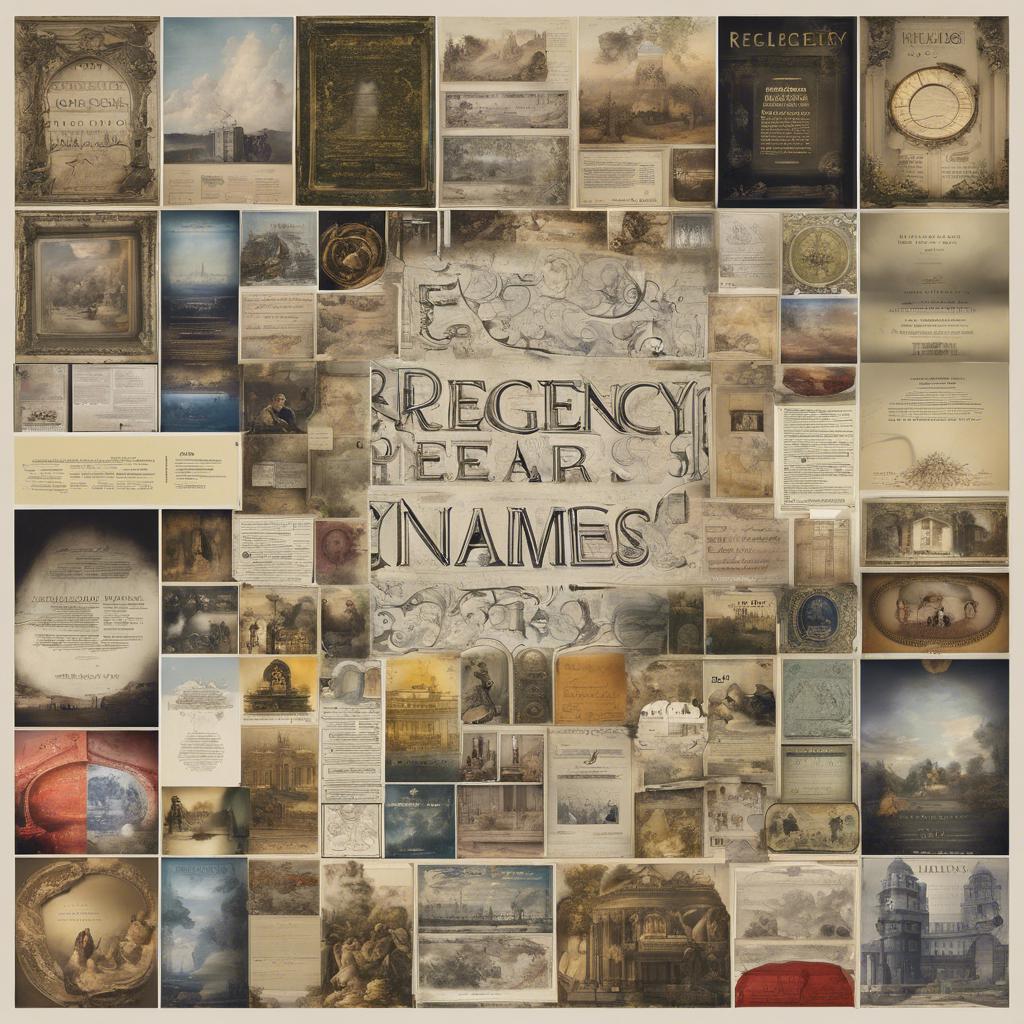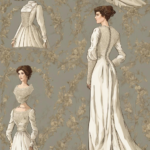During the Regency era, spanning from 1811-1820, names held a particular significance and were chosen with great care to denote status, lineage, and societal expectations. In this article, we will delve into the fascinating world of Regency era names, exploring their origins, meanings, and the cultural nuances that shaped naming practices during this pivotal period in British history. Join us as we unravel the stories behind some of the most iconic names of the Regency era and discover the intricate web of tradition and fashion that influenced naming conventions of the time.
Step Into the World of Cheryl Bolen
Dive into the enchanting stories of love, intrigue, and elegance set in the Regency Era. Cheryl Bolen's novels offer timeless romance and captivating tales that will leave you wanting more.
Explore Cheryl Bolen's Books Now
Regency Era Naming Conventions: Understanding the Tradition and Etiquette
In the Regency Era, naming conventions played a significant role in society, reflecting tradition and etiquette. It was essential to follow proper protocols when naming children, as names were seen as a reflection of one’s status and upbringing. Understanding the complexities of naming traditions during this period can provide insight into the social norms of the time.
Key Elements of Regency Era Naming Conventions:
- Family Names: In the Regency Era, family names were of utmost importance, as they signified lineage and heritage. It was common for children to be named after prominent family members or ancestors to uphold the family’s reputation.
- Given Names: Given names were carefully selected to convey specific virtues or qualities that parents wished for their children to embody. Popular names often reflected virtues like honor, integrity, or grace.
- Titles and Honorifics: Titles and honorifics were frequently used in combination with given names to denote social standing and respect. The proper use of titles was crucial in addressing individuals of higher rank or status.
Regional Variations in Naming Customs:
| Region | Naming Tradition |
|---|---|
| England | Surnames were commonly used as given names. |
| Scotland | Patronymic naming practices were prevalent. |
| France | Nobility and titles heavily influenced naming. |
| America | Puritan influence led to biblical naming trends. |
Understanding the nuances of Regency Era naming conventions provides a glimpse into the societal norms and values of the time. By delving into the intricacies of naming traditions, one can gain a deeper appreciation for the rich tapestry of history and culture that defined this remarkable period.
Notable Regency Era Names: Exploring Popular Choices and Influential Figures
In the Regency Era, there were several notable names that stood out for their popularity and influence. These names not only reflected the fashion and trends of the time but also represented the prominent figures who shaped the era.
Some popular choices for names during the Regency Era included:
- Elizabeth
- Henry
- Charlotte
- William
Some influential figures during the Regency Era who had names that have stood the test of time include:
| Name | Role |
|---|---|
| Jane Austen | Renowned author |
| George IV | King of the United Kingdom |
| Lord Byron | Poet and politician |
Choosing a Regency Era Name for Your Character: Tips and Guidelines
When choosing a name for your character set in the Regency Era, it’s important to consider the time period and historical context. Here are some tips and guidelines to help you select the perfect name:
1. Research Popular Names: Look into names that were commonly used during the Regency Era. Some popular choices for boys include William, James, and Henry, while classic names for girls might include Elizabeth, Charlotte, and Caroline.
2. Consider Social Status: The Regency Era was marked by regency era vs romantic era”>strict social hierarchies, so it’s important to choose a name that reflects your character’s background. Names like Fitzwilliam and Georgiana suggest nobility, while names like Mary and John might be more fitting for common folk.
3. Think about Nicknames: In the Regency Era, nicknames were often used as a form of endearment or to denote familiarity. Consider giving your character a nickname that reflects their personality or relationships with other characters. For example, Anne could be called Annie by her close friends and family.
The Evolution of Regency Era Names: From Traditional to Modern Trends
In the Regency era, traditional names such as Elizabeth, William, and Anne were commonly used among the high society of England. These names often carried significant meanings or family ties, serving as a reflection of social status and heritage. The societal norms of the time dictated that names should be dignified and respectable, aligning with the values of the upper class.
As the Regency era progressed, a shift towards more modern trends in naming conventions began to emerge. Names like Arabella, Octavia, and Jasper started to gain popularity, signaling a departure from the traditional choices of previous generations. These new names were often inspired by literature, mythology, or foreign cultures, adding a sense of sophistication and intrigue to the naming landscape of the time.
Today, the influence of Regency era names can still be seen in modern trends, with many parents opting for classic names with a hint of vintage charm. Names like Charlotte, Henry, and Eleanor continue to be popular choices, bridging the gap between past elegance and contemporary style. As we look back on the evolution of Regency era names, we can appreciate the timeless beauty and enduring appeal of these historical treasures.
The Conclusion
the Regency era was a time marked by elegance, sophistication, and refinement, reflected not only in the fashion, art, and manners of the time, but also in the names chosen for children. These names often imbued individuals with a sense of status, lineage, and tradition, serving as a lasting symbol of the era in which they were given. As we continue to explore and appreciate the cultural legacy of the Regency period, may these names serve as a poignant reminder of a time that continues to captivate our imagination and inspire our fascination with the past.


